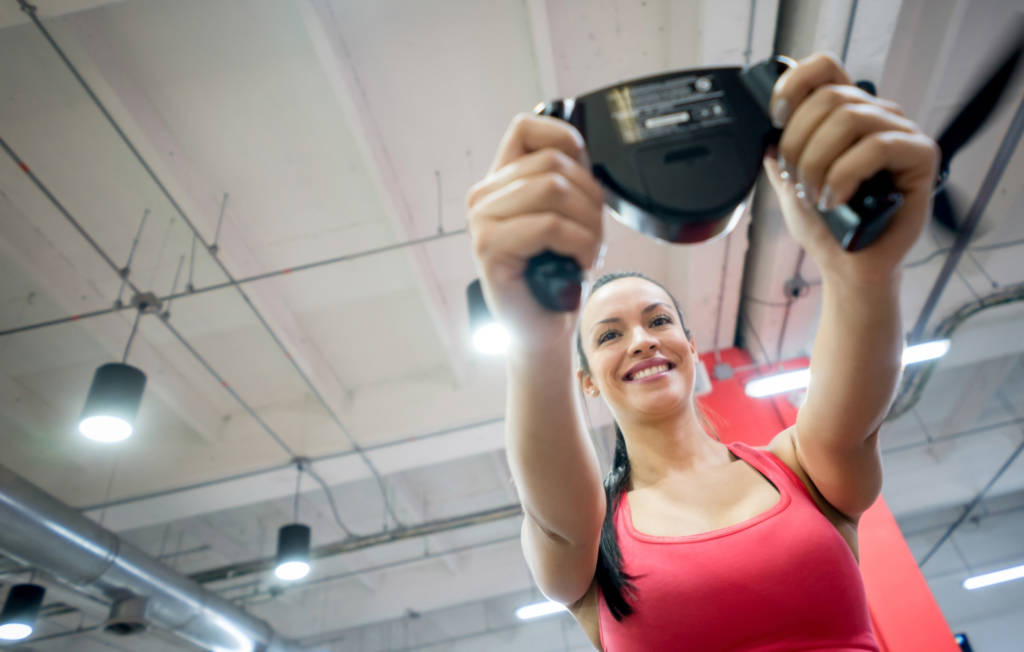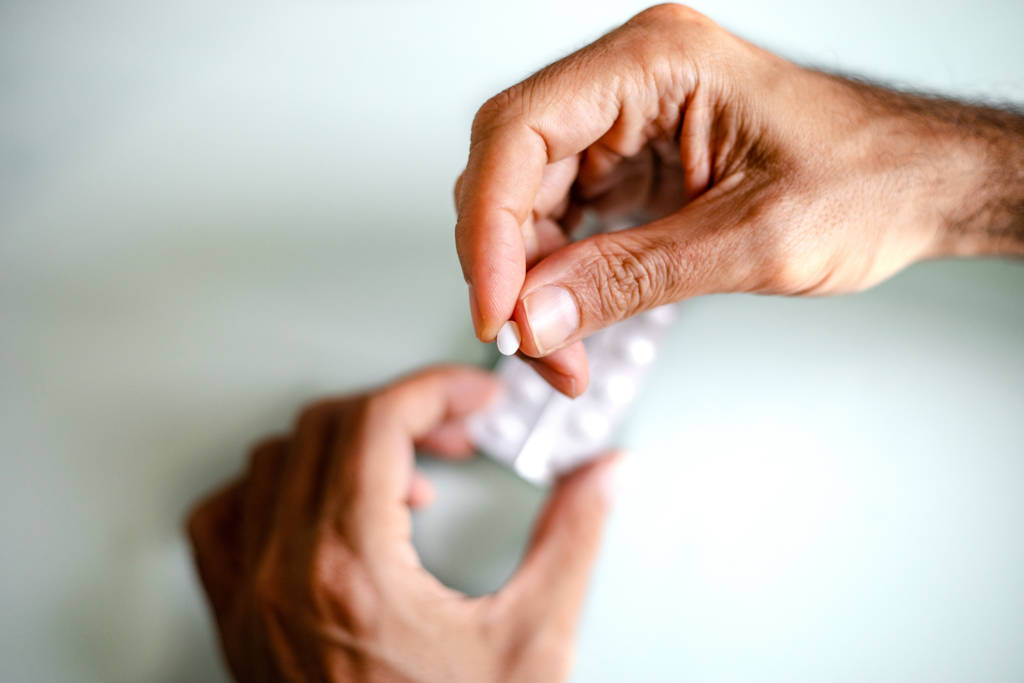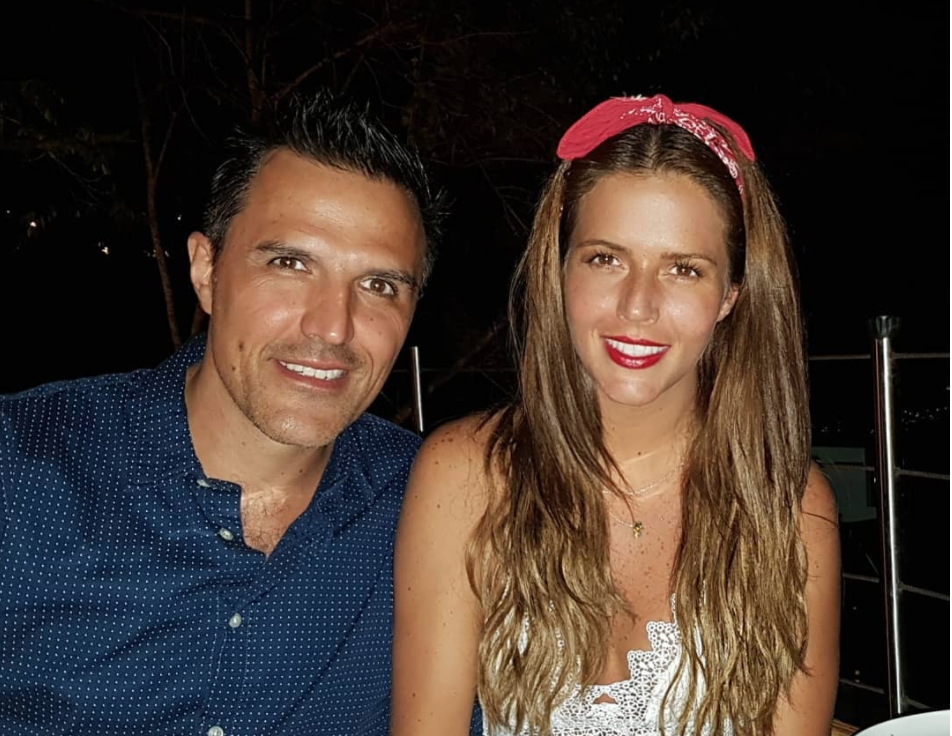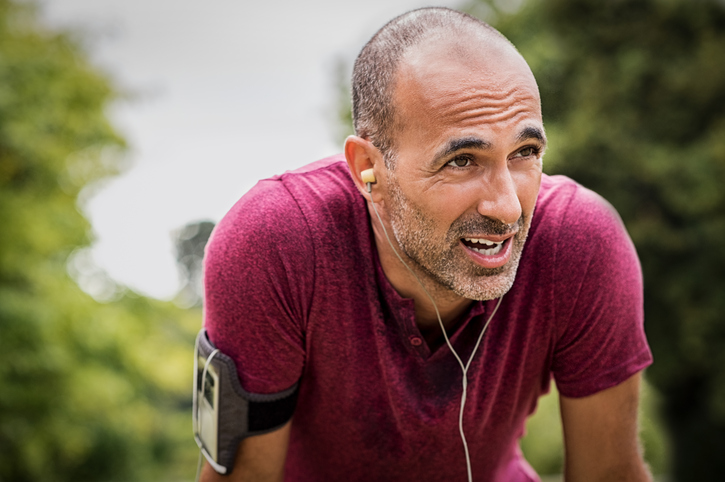Bikram yoga, the most commonly practiced type of hot yoga that offers practitioners a vigorous workout in a studio kept at 100°F or more. But is working out in that much heat good for you? That’s what Dr. Shannon Mathis and Dr. Gordon MacGregor, two professors at The University of Alabama in Huntsville (UAH), decided to find out with a cross-college research project entitled “Calcium Lost Through Sweat: Is There Evidence of Bone Remodeling Due to Cutaneous Calcium Loss during Bikram Hot Yoga?”
As a regular practitioner, it was Dr. MacGregor’s yoga practice that first got him thinking about the study. “When you do hot yoga, you sweat a lot, and I wanted to know exactly what was lost in that sweat,” says the assistant professor of biological sciences. “Then Shannon joined the faculty, and she is an expert on calcium, bone loss and exercise.”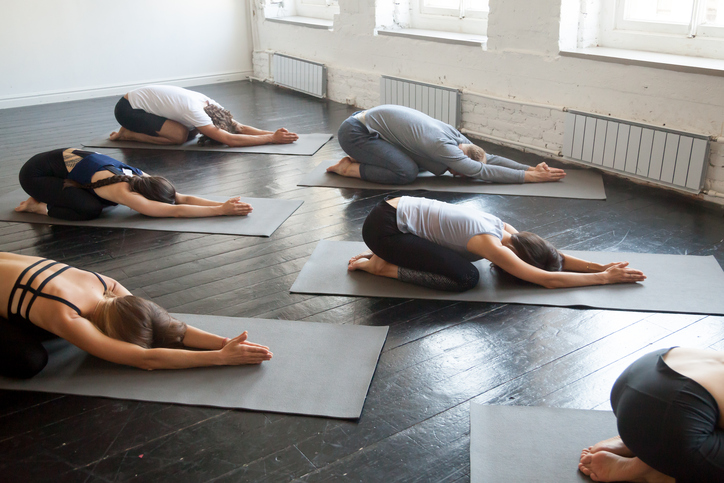
Indeed, as an assistant professor in the Department of Kinesiology, Dr. Mathis brought not only a Ph.D. in health and human performance to the partnership, but also a strong research background on the topic of bone mineral density (BMD); her dissertation, entitled “Osteogenic Effect of Endurance Cycling,” investigated the factors that contribute to low BMD in male competitive cyclists.
From that study, Dr. Mathis had established that sweating during high-intensity exercise causes a disruption in calcium homeostasis leading to bone resorption and low BMD in endurance athletes. But was the same true of people who practice hot yoga? To find out, she and Dr. MacGregor decided to focus on one specific group already at risk for calcium loss but among whom the practice has become an increasingly popular form of exercise – premenopausal women.

